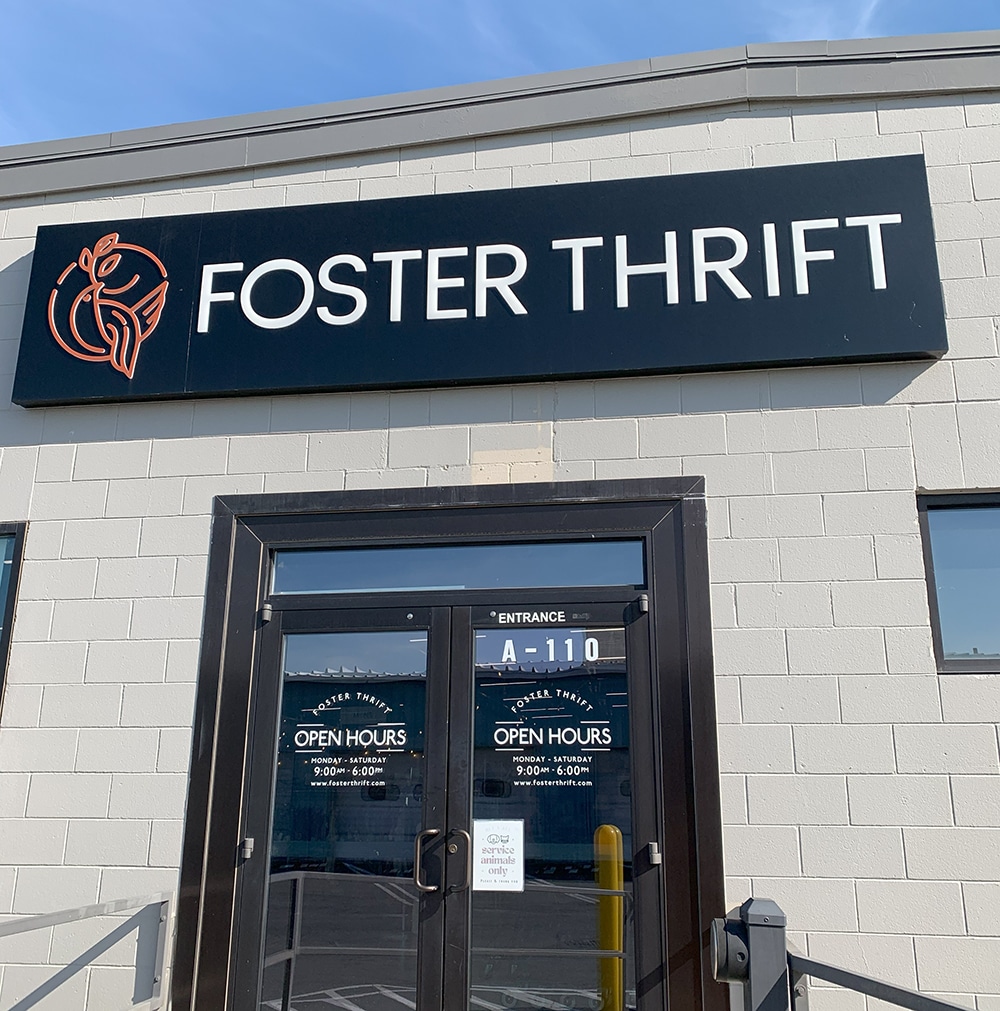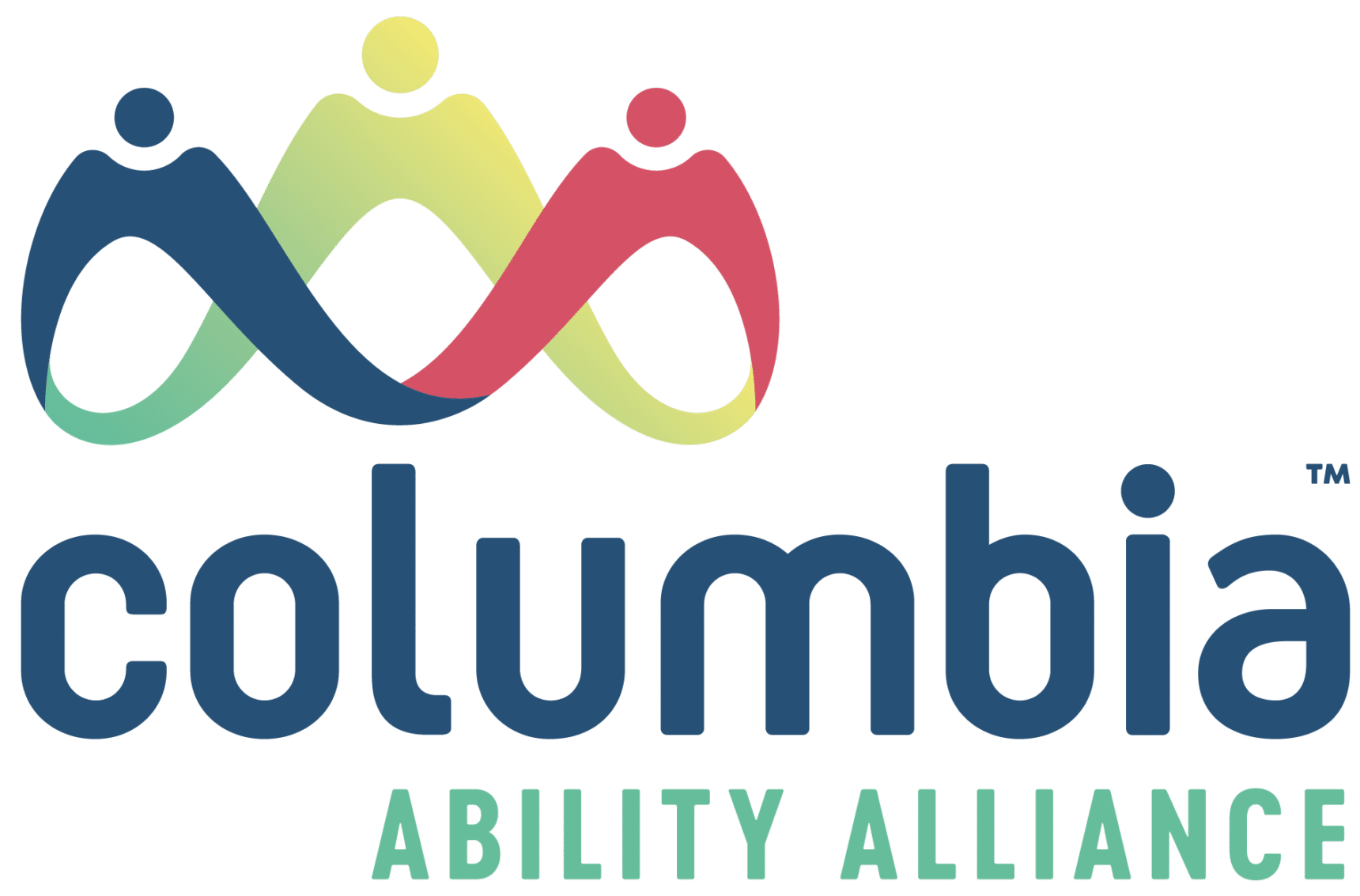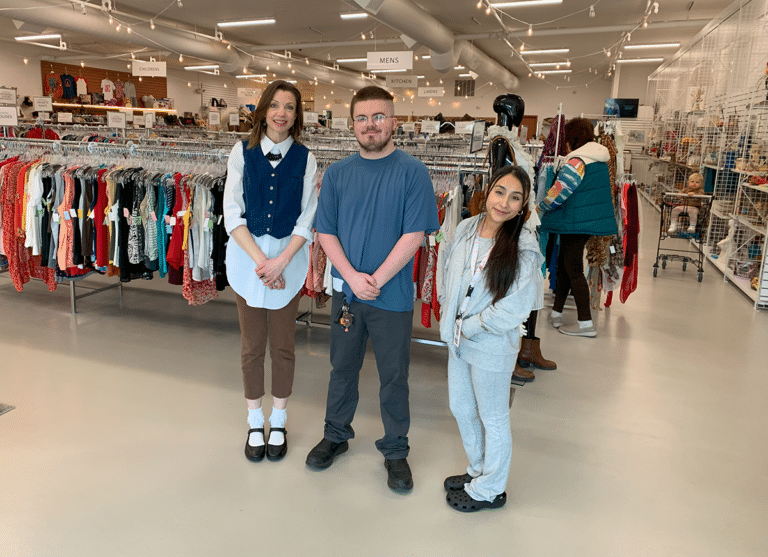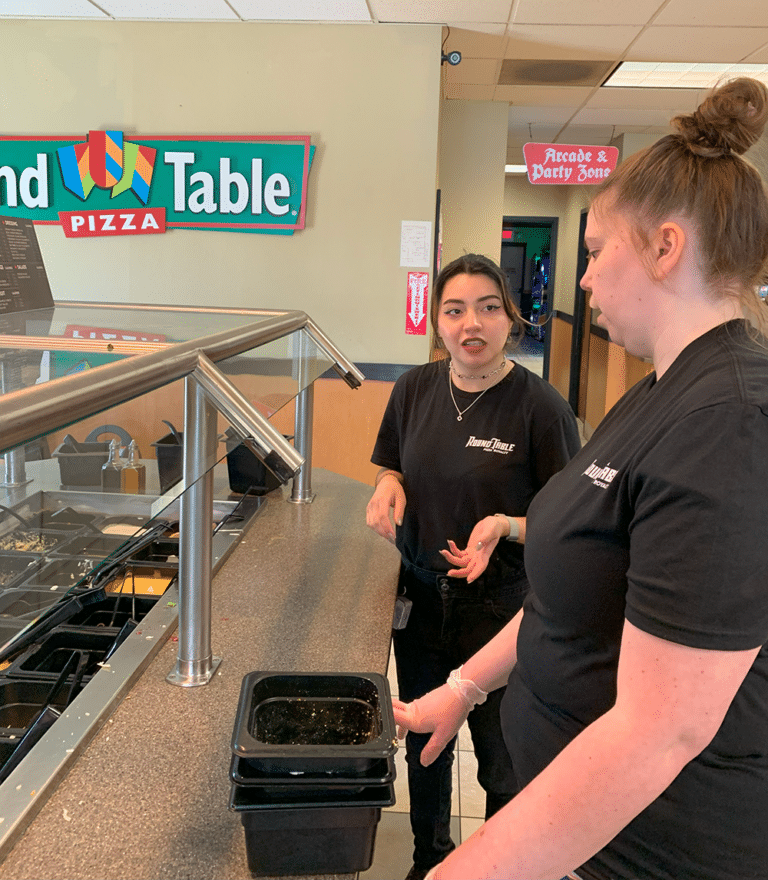Did you know that in 2024, only 22.7% of Americans with disabilities had a job, compared to 65.5% of those without disabilities? This stark gap isn’t due to a lack of talent or desire. Many people with disabilities are eager to work, but they often face barriers; from inaccessible hiring practices to misconceptions about their abilities. Supported employment is changing this story. By providing individualized support like job coaching and workplace accommodations, supported employment programs empower people with disabilities to secure meaningful jobs and thrive in the workplace.
What is Supported Employment?
Supported employment is a person-centered approach to helping individuals with disabilities find and succeed in regular jobs in the community. It means individualized support every step of the way. For example, a job coach works one-on-one with a job seeker to understand their strengths, interests, and support needs. They then match the person with a suitable job role and coach them through the hiring process, onboarding, and beyond. Unlike traditional employment services, supported employment doesn’t end when the person gets the job – it provides ongoing assistance to ensure both the employee and the employer have what they need for long-term success. In plain language, it’s about making a real job work for someone by giving them the right help at the right time, whether it’s resume help, interview practice, on-site training, or adapting tasks.
Overcoming Barriers to Employment
People with disabilities often face extra hurdles in finding work. These might include physical barriers (like workplaces that aren’t accessible) or social barriers (such as employers undervaluing their capabilities). The result is an employment landscape that remains far from equitable. For instance, Americans with disabilities face a significantly higher risk of joblessness. In 2024, the unemployment rate for people with disabilities was 7.5%, roughly double the 3.8% rate for those without disabilities. This gap isn’t because people with disabilities can’t work; it’s often because they haven’t been given the opportunity or support. That’s where supported employment comes in. By bridging the gap between job seekers and employers, supported employment programs provide training and resources that level the playing field. In fact, research has shown that with the right support, individuals once deemed “unable to work” have succeeded in competitive jobs. Early supported employment initiatives achieved placement rates as high as 67% to 100% for participants, a remarkable success compared to the roughly 20% employment rate typically seen for people with significant disabilities without support. These programs demonstrate that the real problem isn’t lack of ability, but lack of access and opportunity.


Benefits for Employers and Workplaces
Supported employment doesn’t just benefit the individual employee – it’s a win for workplaces, too. Employers who have hired through supported employment programs often discover dedicated, resilient workers who bring unique strengths to their teams. These employees tend to be highly loyal, which translates into lower turnover. In one survey, companies reported an 85% retention rate after one year for employees with disabilities, far higher than averageun.org. That kind of loyalty reduces the costs and disruption associated with constantly hiring and training new staff. Additionally, inclusive hiring has been linked to strong job performance and safety records. A study by Walgreens, for example, found that a distribution center where over 30% of employees have disabilities outperformed other centers – it was 20% more efficient than comparable sites. They also saw a 34% lower accident rate among employees with disabilities in that facility, debunking the myth that inclusion compromises safety. Beyond these metrics, bringing in talent from diverse backgrounds fosters a culture of innovation and problem-solving. Diverse teams (including people with disabilities) are 1.7 times more likely to be innovation leaders in their industry. By embracing supported employment, companies gain reliable, motivated team members and build a workplace environment that values difference – which boosts morale for everyone.
Moving Forward: Inclusive Employment as the New Normal
Supported employment is transforming lives and businesses by breaking down barriers and opening doors. When people with disabilities thrive in the workplace, it sends a powerful message: given the chance and the right support, everyone can contribute and excel. For the general public and community supporters, this is a call to action to continue advocating for inclusive workplaces. For individuals and families, it’s a message of hope — that there are resources and committed professionals ready to help navigate the journey to employment. And for employers, it’s an invitation to discover an often overlooked talent pool that can make organizations stronger.
Next Steps: To learn more or get involved, visit our Supported Employment Services page (for details on how the program works and who is eligible). If you are an employer interested in building a more inclusive workplace, check out Columbia Ability Alliance’s free Employer Toolkit on inclusive hiring practices. By working together – job seekers, support agencies, employers, and allies – we can ensure that people of all abilities have the opportunity to thrive in the workplace.




